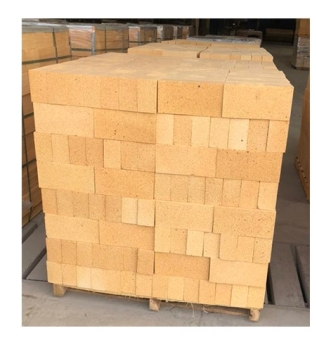- 15
- Oct
What is the difference between clay bricks and three-level high alumina bricks?
What is the difference between clay bricks and three-level high alumina bricks?
The main difference between clay bricks and high-alumina bricks is aluminum content and bulk density.
Bricks with 40-48% aluminum content are clay bricks. Clay bricks have different indicators of N-1, N-2, N-3, and N-4 in the national standard. In production and use, N-2, N- 3 clay bricks are widely used, and they are also common products produced by many manufacturers. The volume density is between 2.1-2.15. In the case of N-1 clay bricks, some indicators are higher than third-grade high alumina bricks.
Bricks with 55% aluminum content are third-grade high-alumina bricks with a bulk density between 2.15-2.25. At present, due to the production area and raw materials, the aluminum content of clay bricks is about 56%. The aluminum content of the clay bricks in Xinmi, Henan is about 56%, and the body density is above 2.15, which is basically a third-grade high-alumina brick. Moreover, the firing temperature is high, and the chemical index is not lower than the third grade high alumina brick, but it is different in the load softening temperature.

The aluminum content of the three-level high alumina bricks currently produced is about 63%, and some have 65%. The body density is above 2.25, and the load softening temperature is slightly lower. In terms of chemical indicators, it is only different from the second grade high alumina bricks in unit weight and load softening temperature.
The appearance color of clay bricks and third-grade high-alumina bricks is still different. Clay bricks are red-yellow, and third-grade high-alumina bricks are white and yellow.
There is a difference in weight between clay bricks and grade three high alumina bricks. The same brick type clay bricks are lighter than grade three high alumina bricks. The firing temperature is also lower by 20-30°C.
Clay bricks and grade three high alumina bricks have the difference in compressive strength and load softening temperature. The compressive strength of clay bricks is 40Mpa, while the compressive strength of grade three high alumina bricks is 50Mpa. The soft load of clay bricks is also higher than that of grade three. The refractoriness of aluminum brick is 30-40℃, and its refractoriness is about 30℃ lower.
